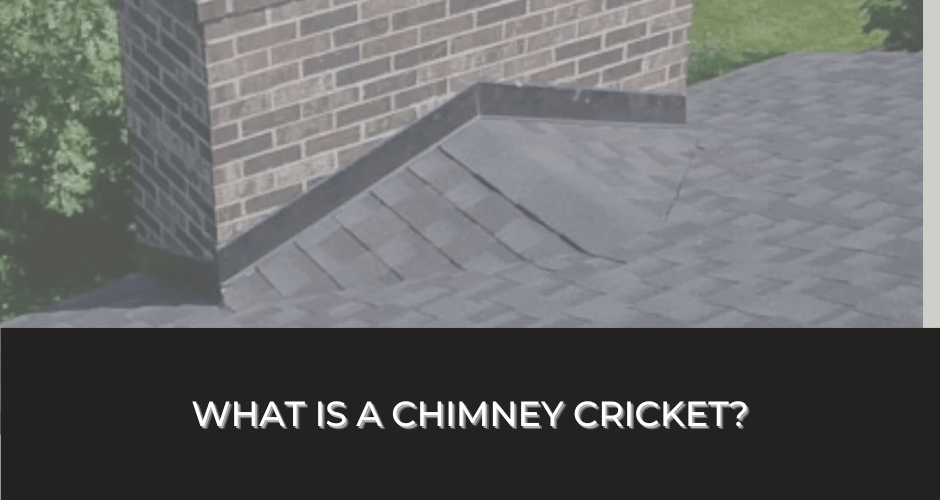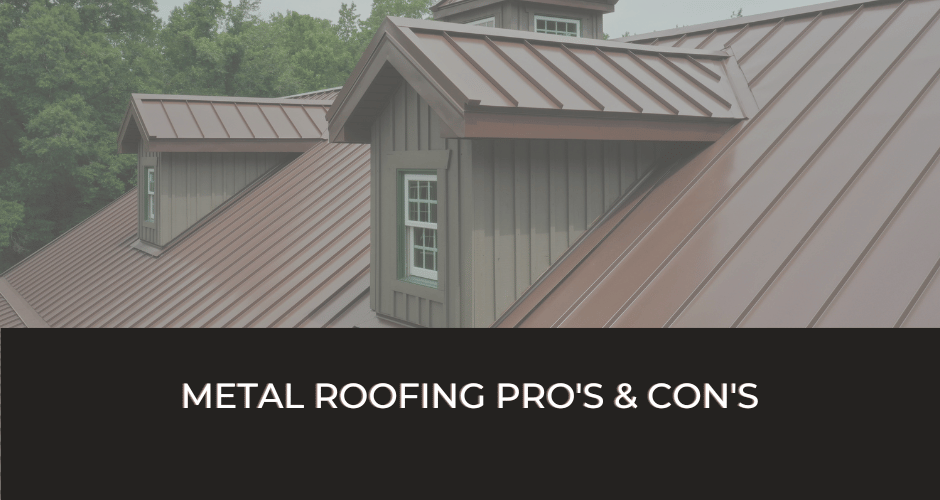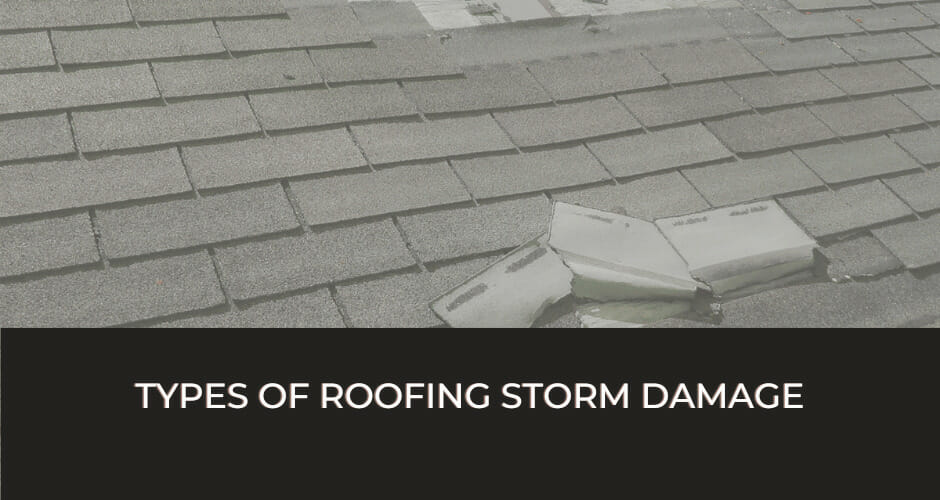What is a chimney cricket?
Although it may sound like something you need an exterminator for, a chimney cricket is actually a useful tool to protect your chimney and roof from water buildup and other types of weather damage.
A common issue with chimneys, especially in the snowy and rainy season, is that liquid can build up in the area where your chimney meets your roof, which results in the decaying and sinking of your roof’s structure. If water is pooled up for an extended amount of time, it can also penetrate under your shingles and cause leaks in your home. It is essential to redirect this water buildup to falling down the slope of your roof and into the surrounding gutter system. This is where a cricket comes in handy.
Defining a chimney cricket
Also called a chimney saddle, a chimney or roof cricket is a structure that is added to your roof with the intention to direct water away from the area around your chimney. The cricket’s structure contains two valleys that direct water like a waterslide and guides it down your roof’s slope around the sides of the chimney. Crickets can also be customized to be installed on any type of chimney structure anywhere where water buildup is an issue.
Is it necessary?
In a nutshell, yes. A chimney cricket is a great investment to make in your roof structure, and will undoubtedly prolong the life of both your roof and your chimney. There is nothing more stressful and costly than dealing with roof leaks and other structural issues. Chimneys are notorious as a source of roofing leaks. This type of flashing effectively prevents water buildup, which is the number one culprit for roof damage.
It is arguably most important to have a durable, high-quality roof in place before considering a chimney or roof cricket addition. N2Roofing roofs are installed with precision by experts who will ensure the job is done right.
Contact us today for a free estimate!





